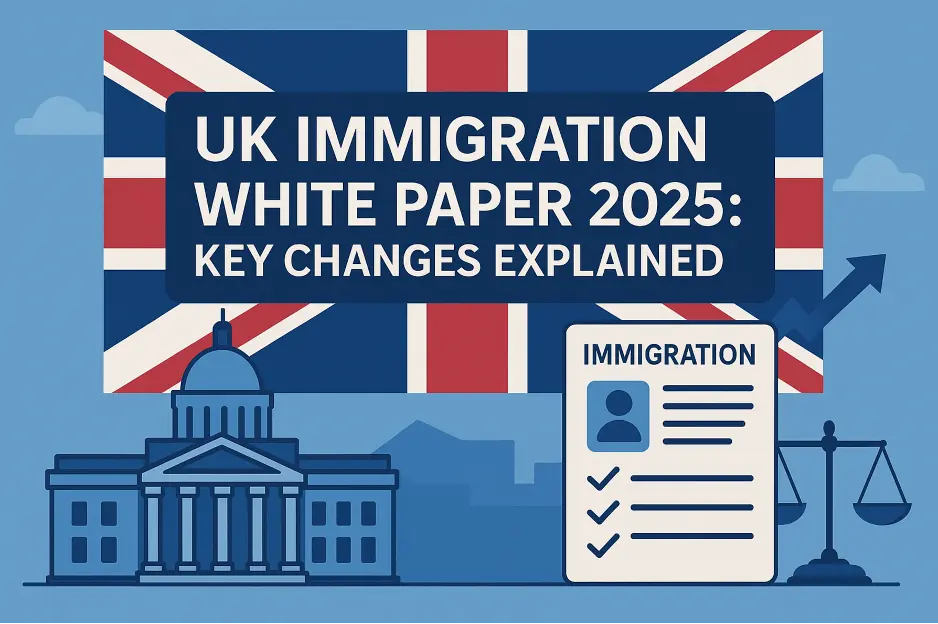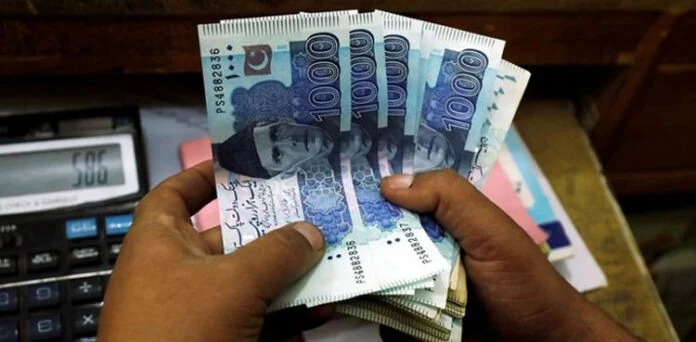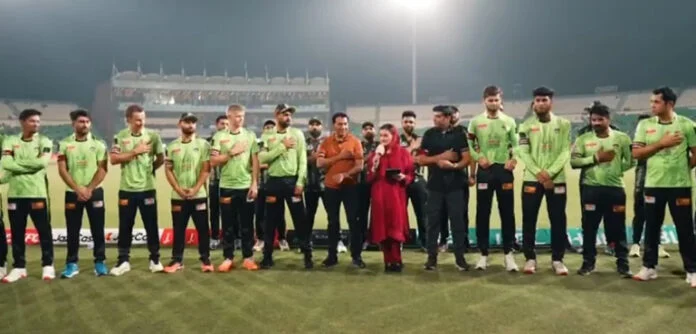
The Business of Influencing: How Much Do Social Media Creators Really Earn?
A decade ago, the idea of making a living by sharing coffee photos and skincare routines seemed laughable. Today, influencer marketing is a multi-billion-dollar industry. By 2025, the global influencer economy is projected to hit $33 billion. But what does that mean for individual creators? How much do they actually earn, and what separates a side hustle from a six-figure career?
We spoke to industry experts, and their insights reveal that success in this space isn’t just about having millions of followers. Factors like audience engagement, niche expertise, and strong negotiation skills can determine whether an influencer makes a few thousand rupees per post—or a few lakhs.
What Determines Influencer Earnings?
Having a massive following doesn’t automatically translate to big paychecks. According to Shubham Singhal, CEO and co-founder of Dot Media, “Influencers need organic reach and engagement. If your audience isn’t interacting with your content, brands won’t pay top dollar.”
Anirudh Sridharan, co-founder and head of product at HashFame, highlights another crucial factor: business savvy. “Negotiation skills and solid representation play a huge role. I’ve seen mid-tier creators out-earn bigger accounts simply because they knew their worth and handled the business side better.”
Engagement is key. Brands prefer creators whose audiences actively comment, share, and engage with content. Tech creator Dhananjay Bhosale explains, “If your content is high-quality and brand collaborations feel natural, it’s easier to land high-paying deals.”
Does Audience Demographic Matter?
The value of an influencer isn’t just about numbers—it’s about audience quality. “Brands want influencers whose followers align with their target customers,” says Singhal. “A beauty brand, for example, looks for creators with a predominantly female audience interested in skincare and makeup.”
Sometimes, smaller but highly targeted audiences command higher rates. A B2B influencer with just 20,000 engaged decision-makers can earn more than a lifestyle influencer with a million followers because their audience has purchasing power.
Petal Gangurde, Chief of Brand and Culture at XYXX, notes that finance, fitness, tech, and fashion influencers tend to make more money since their audiences are more likely to buy products based on recommendations. “Niche influencers—such as those specializing in menswear or financial literacy—bring credibility, making their endorsements highly valuable.”
Platform Wars: Which Social Media Pays the Most?
While Instagram is often seen as the go-to platform for influencers, it doesn’t necessarily offer the highest payouts. “YouTube remains the most profitable due to a mix of brand deals and AdSense revenue,” Sridharan explains. “Finance and tech creators particularly benefit from higher CPMs and long-form content value.”
Instagram, however, dominates brand budgets, especially for Reels and Stories. “Reels drive most deals, but payouts are generally lower than YouTube,” he adds.
Meanwhile, LinkedIn is emerging as a lucrative platform for B2B influencers, while platforms like Snapchat and Threads are on the lower end of the earnings spectrum. Mohit Jain, founder and CEO of Miraggio, highlights a growing trend: “Brands are exploring hybrid models—combining base fees with bonuses or even revenue-sharing agreements. Content licensing is also becoming a valuable income stream.”
How Much Can an Influencer Earn?
Influencer rates vary based on niche, engagement, and exclusivity, but here’s a rough breakdown from industry insiders:
- Micro-influencers (10K – 100K followers): ₹5,000 – ₹50,000 per post
- Mid-tier influencers (100K – 500K followers): ₹50,000 – ₹2,00,000 per post
- Macro-influencers (500K – 1M followers): ₹2,00,000 – ₹5,00,000 per post
- Top creators (1M+ followers): ₹5,00,000 – ₹20,00,000+ per post
- Celebrity influencers: ₹10,00,000+ per post, often signing long-term brand retainers
Ankit Bathija, talent head at Clout, explains that influencer fees can take up anywhere between 30% to 80% of a campaign’s budget. “If brands spend heavily on production, agency fees, and paid promotions, influencers get a lower cut. But for organic, influencer-led campaigns, their share is much higher.”
The Rise of Long-Term Brand Deals
One-off posts are becoming less common, with brands shifting towards long-term partnerships. “Instead of paying per post, brands now offer ongoing contracts, ensuring a stable income for influencers and deeper audience trust,” says Singhal.
Additionally, brands now pay extra for content repurposing rights, using influencer-generated content for advertisements. “This shift allows brands to maintain consistent messaging while giving influencers creative freedom,” Gangurde notes.
The ROI Factor: How Brands Measure Success
Influencer marketing is no longer about vanity metrics like impressions—it’s about results. Sridharan points out that brands track conversions, app installs, and offline sales through UTM links, affiliate models, and brand lift studies. “Creators who can prove direct business impact get paid significantly more,” he adds.
Mohit Jain explains Miraggio’s strategy: “For shopping influencers, we use unique discount codes and UTM links to track sales. Engagement metrics like interaction rates also help measure brand visibility impact.”
Which Industries Pay the Most?
Not all brand deals are equal. “The highest-paying categories are finance, EdTech, and gaming,” Sridharan says. “They have niche, high-intent audiences and expensive products. A real estate creator with 50,000 followers can earn more than a fashion influencer with five million.”
Data from Admitad shows that electronics were the most profitable influencer category in 2024, making up 33% of partner profits. Beauty, fashion, fitness, and finance also ranked among the highest-paying sectors.
Exclusivity agreements can also lead to big paydays. “Premium brands pay more but don’t want you promoting competitors,” Sridharan explains. “Long-term deals might have lower per-post rates but offer stability. Smart creators negotiate category-level exclusivity rather than full-industry lockouts to keep future opportunities open.”
Bollywood’s Influence Marketing: A Shadowy Business?
Influencer marketing extends into Bollywood, often operating in a murky space. According to an Al Jazeera report, deals are frequently negotiated in cash, and pricing fluctuates based on a film’s anticipation levels.
For instance, “tweet seeding” campaigns—where 200 tweets are strategically posted—cost around ₹40,000, while two hours of Twitter activity can go up to ₹90,000. Popular Bollywood paparazzi pages also have set rates:
- Viral Bhayani: ₹33,000 for two posts
- Manav: ₹32,000
- Yogen Shah: ₹15,000
- Instant Bollywood: ₹80,000
- Filmy Gyan: ₹50,000
Even non-entertainment influencers are tapped for promotions. Cricket influencer CricCrazyJohns, with over 600,000 followers, charges ₹30,000 per tweet despite not speaking Hindi—often receiving pre-written text from studios.
Where Does the Budget Go?
Influencer marketing budgets are about more than just paying influencers. “Fashion and beauty brands spend 50-60% of their budget on influencer fees because creators drive their campaigns,” Sridharan says.
Tech and finance brands allocate more budget to paid ads, but they also pay influencers higher rates because their audiences are highly engaged. “At Miraggio, 20-25% of a campaign’s budget goes to influencer fees, with the rest used for production, creative direction, and media buying,” Jain adds.
The Reality of Influencer Life
Becoming a high-earning influencer is about more than taking perfect selfies and writing witty captions. With over four million influencers competing for attention, it’s a constant battle for engagement. A single viral post can launch a career, but one misstep can end it.
The world of influencer marketing is evolving rapidly, and those who can adapt—by proving their value to brands and negotiating smartly—stand to make serious money in the years ahead.




















